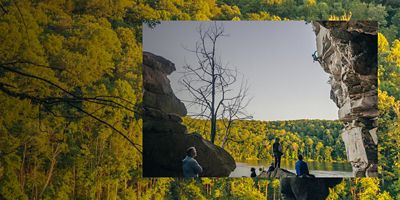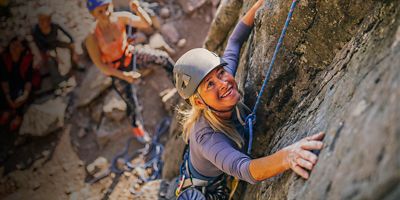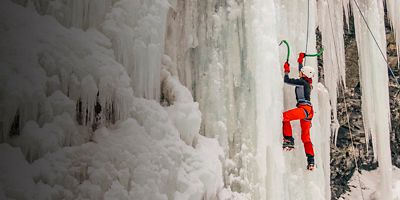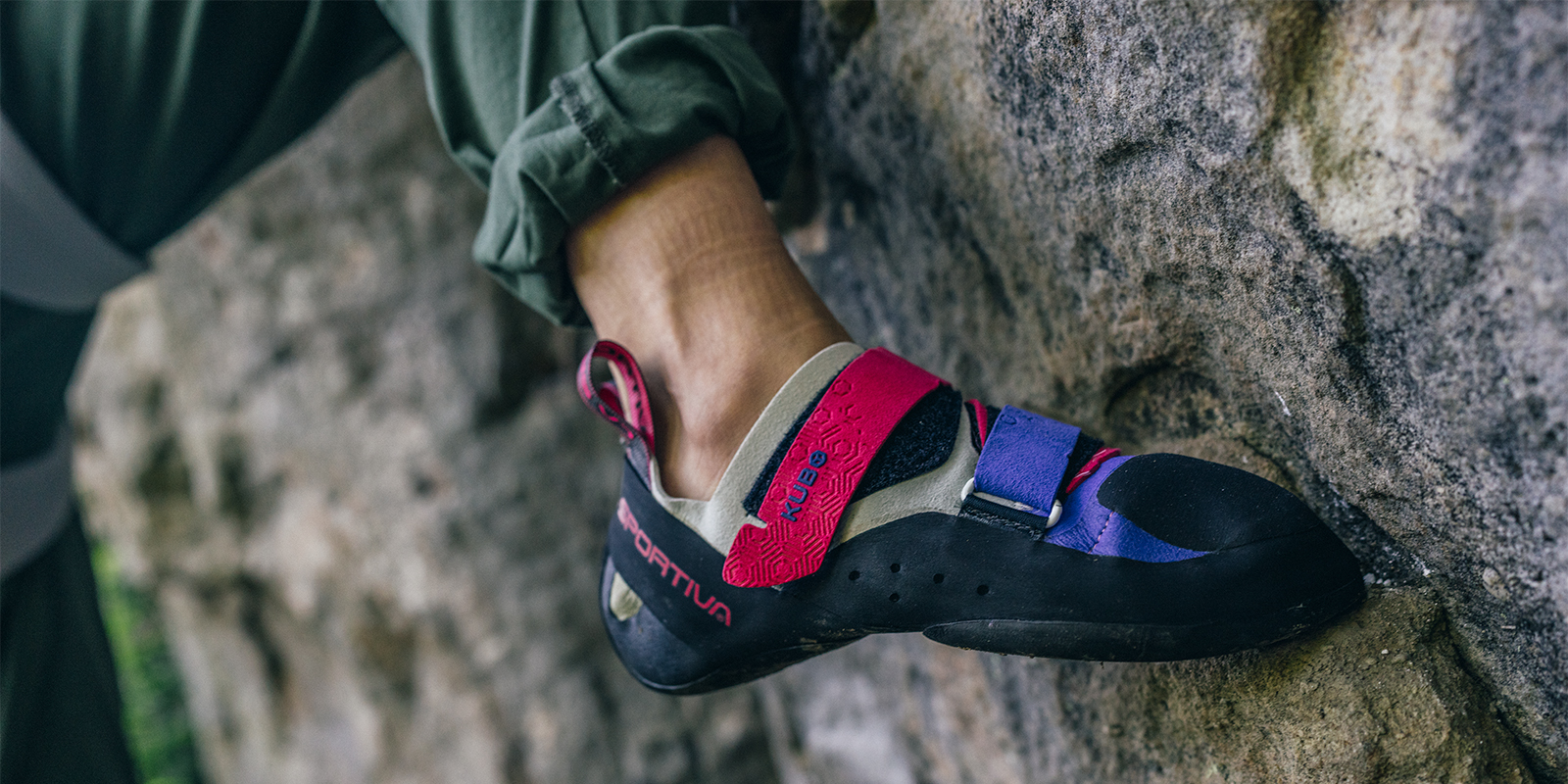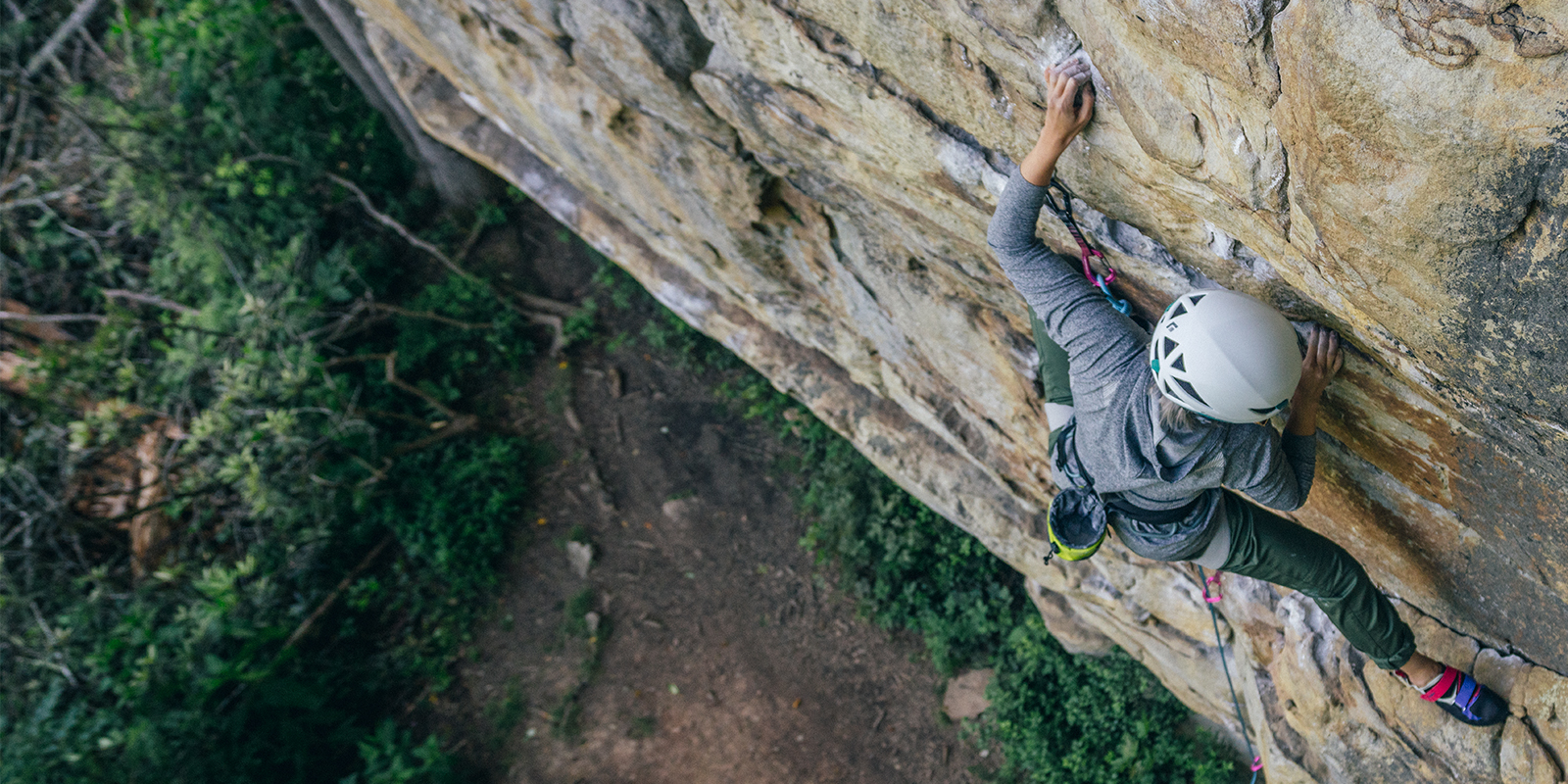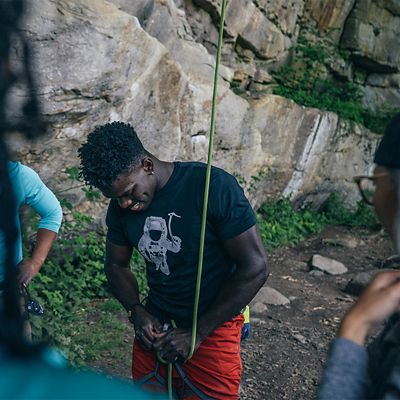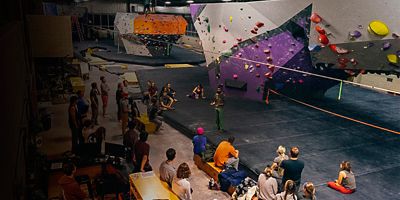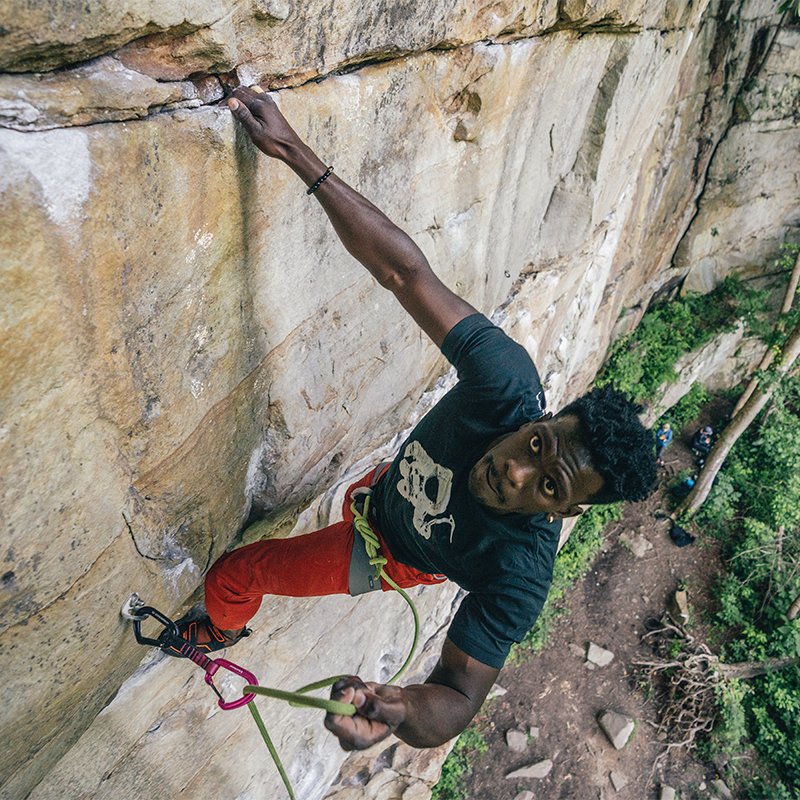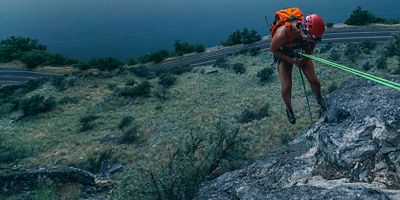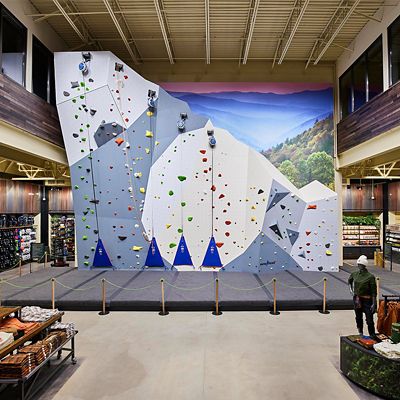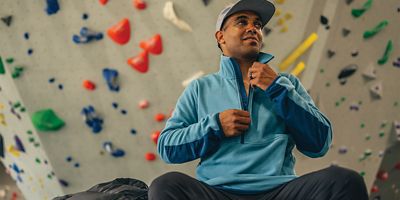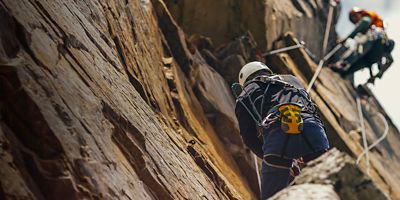
The alpine environment is the grandest arena you’ll ever climb in. Above treeline, the air feels crisper. Colors seem more vivid. Brush-strokes of scree and snow cast the rocky walls into sharp relief. At the bottom of an alpine climb, you’ll never feel smaller. At the top of one, you’ll never experience a world so vast.
But like any remote mountain pursuit, alpine climbing is a complex juggling act of outdoor knowledge, mental fortitude, and physical strength. Pulling it off safely takes both skill and experience. That said, you have to start somewhere, and there’s no better place to begin your alpine climbing career than on these six classic peaks.
(Note: The following routes are organized from easiest to hardest based on terrain class and commitment grade. If you have limited alpine experience, start with routes near the beginning of the list. If you’re a longtime trad climber with significant experience in mountainous terrain, start closer to the end of the list.)
1. Old Rag - Shenandoah National Park, VA
(Class 3, Grade I)
Many call Old Rag the most classic—and most challenging—hike in Shenandoah National Park. And for good reason: It’s a 3,284-foot peak on the eastern edge of the park known for being rocky, rugged, and frequently shrouded in mist. There are several ways to get to the top. The Ridge Trail/Saddle Trail tends to be the more popular route, but the Berry Hollow route is also a great option if you’re trying to get away from the bulk of the crowds.
Details
The Ridge Trail/Saddle Trail loop is about 7.3 miles long and takes most parties several hours to complete. Rocky steps and some slick scrambling is required to reach the summit, but you shouldn’t need to rope up or bring any special gear aside from grippy hiking boots or approach shoes. More info: nps.gov
2. Kelso Ridge - Torreys Peak, CO
(Class 3, Grade II)
Colorado may be home to more than 50 peaks higher than 14,000 feet, but you’ll be hard-pressed to find a more famous route than Kelso Ridge, the standard line to the top of 14,267-foot Torreys Peak. This long spine of rock extends for more than a half-mile, offering incredible views both to the north and south the whole way. It also contains a short but hair-raising section of exposed third-class terrain called “the knife edge” which will have you straddling the Continental Divide.
Details
The whole route tackles about 3,000 feet of elevation gain and 7 miles round-trip. To do it, start at the Grays Peak Trailhead off Stevens Gulch Road and head southwest along the Continental Divide Trail. (Tip: When you’re done with Torreys, be sure to head south to tag its 14,270-foot twin, Grays Peak, before you head back to your car.) More info: fs.usda.gov



